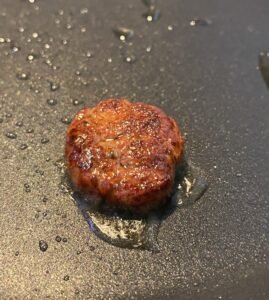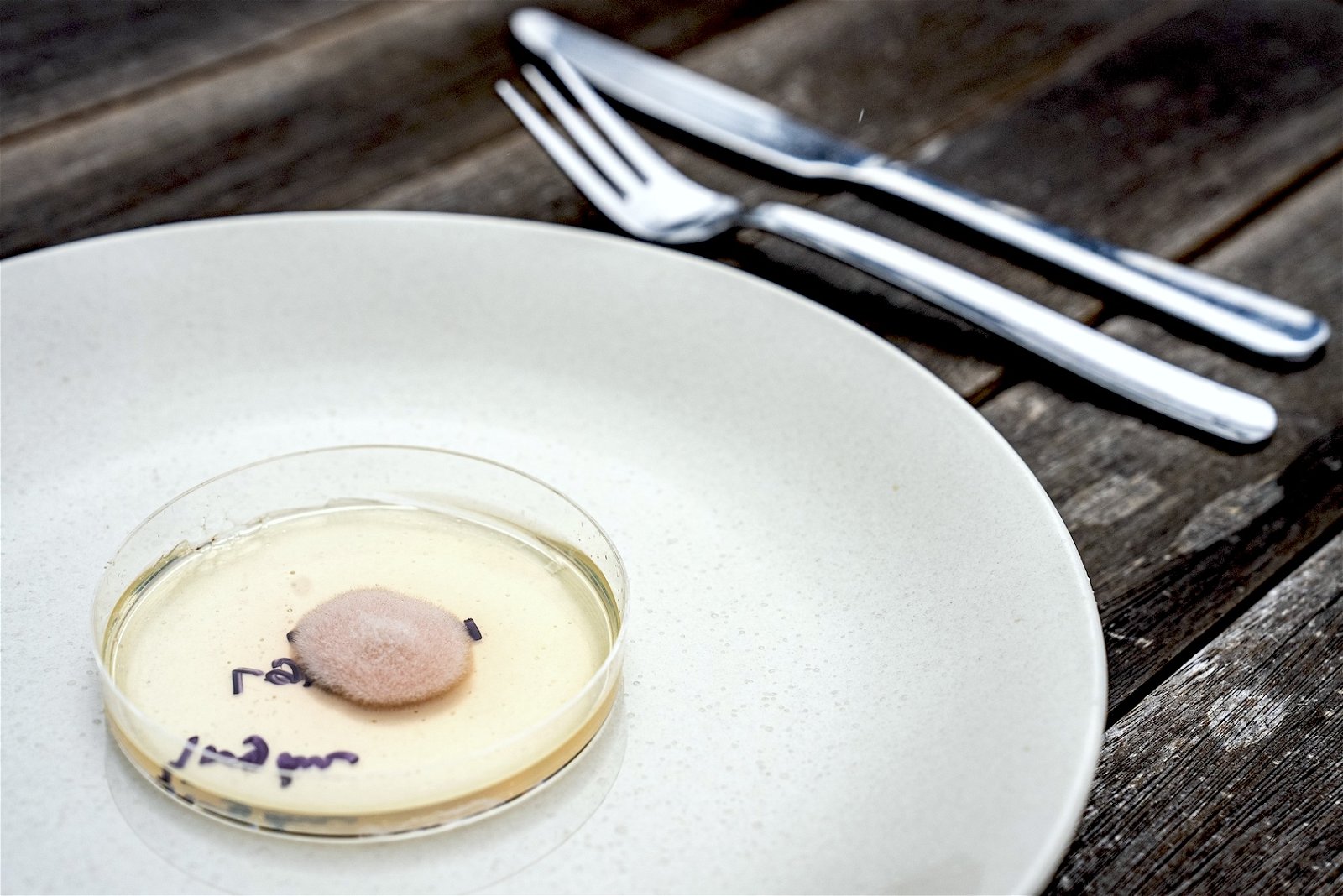In the ongoing search for sustainable and environmentally friendly alternatives to meat and other animal proteins, researchers have settled on a new product that only solidifies our descent into a dystopian science fiction story. Published in Nature Communications, this could be humanity’s new favorite food; genetically engineered mold.
The study, led by researchers at Lawrence Berkeley National Laboratory, demonstrates how the edible fungus, Aspergillus oryzae, can be bioengineered to enhance its nutritional value and sensory appeal as a meat substitute. By modifying the fungus’s genome using cutting-edge synthetic biology tools, the researchers were able to elevate the production of key nutrients and flavor molecules, bringing it closer to mimicking the taste and texture of real meat.
A. oryzae, also known as koji mold, has a long history of safe use in fermented foods and has recently gained attention as a potential scaffold for cellular agriculture and alternative protein production. However, like many other fungi used in food applications, it has inherent limitations in nutrition and taste. To overcome the reality that this mold basically tastes like crap, the research team developed a comprehensive synthetic biology toolkit for A. oryzae.
Using the CRISPR-Cas9 gene editing system, which allows for precise genomic modifications, the researchers first set out to enhance the production of ergothioneine, a potent antioxidant with potential health benefits, in the fungal mycelium. By overexpressing the fungus’s native ergothioneine biosynthetic genes, they were able to achieve levels much higher than those found in oyster mushrooms, currently the top dietary source of ergothioneine.
Next, with every dystopian science fiction trope imaginable, the team tackled the challenge of creating a more meat-like flavor and appearance.
They engineered the fungus to overproduce heme, the iron-containing molecule responsible for the characteristic taste and color of red meat. By modulating the expression of key enzymes in the heme biosynthetic pathway and introducing a heme-binding protein, they elevated intracellular heme levels to 40% of those found in leading plant-based meats that incorporate heme for flavor and color.
Remarkably, the heme-overproducing strain exhibited a distinct red color and could be readily formulated into realistic meat alternatives with minimal processing, setting it apart from plant-based proteins that often require extensive purification and additives.


Making Meat Out of Mold
“These organisms have been used for centuries to produce food, and they are incredibly efficient at converting carbon into a wide variety of complex molecules, including many that would be almost impossible to produce using a classic host like brewer’s yeast or E. coli,” said senior author Jay Keasling, a senior scientist at Berkeley Lab. “By unlocking koji mold through the development of these tools, we are unlocking the potential of a huge new group of hosts that we can use to make foods, valuable chemicals, energy-dense biofuels, and medicines. It’s a thrilling new avenue for biomanufacturing.”
With the global food system facing mounting pressures from climate change, environmental degradation, and a growing population, the development of sustainable and nutritious alternatives to animal-derived foods is pretty critical. Fungi, with their rapid growth, ability to thrive on low-cost substrates, and high protein content, hold immense potential as a platform for alternative protein production.
While it is important to acknowledge that this research represents an early proof-of-concept, and further evaluation of the engineered fungal biomass’s safety, scalability, and consumer acceptance will be necessary, your dinner plate in the dystopian hell world we are slowly creating for ourselves could be host to meat made of mold.
“We think that there’s a lot of room to explore texture by varying the fiber-like morphology of the cells. So, we might be able to program the structure of the lot fibers to be longer which would give a more meat-like experience. And then we can think about boosting lipid composition for mouth feel and further nutrition,” explained bioengineer Vayu Hill-Maini, who is currently working with the Berkley team on how to cook this new ‘food.’ “I’m really excited about how can we further look at the fungus and, you know, tinker with its structure and metabolism for food.”
Yes, this study marks a significant step forward in the quest for sustainable meat alternatives. Synthetic biology and the potential of edible fungi may bring us closer to a future where nutritious, environmentally friendly, and alternative proteins are accessible to all, but nothing satisfies quite like a dead cow for that real “meat-like experience.”
MJ Banias is a journalist who covers security and technology. You can find his work here. He co-hosts The Debrief Weekly Report. and you can email MJ at mj@thedebrief.org or follow him on Twitter @mjbanias.

